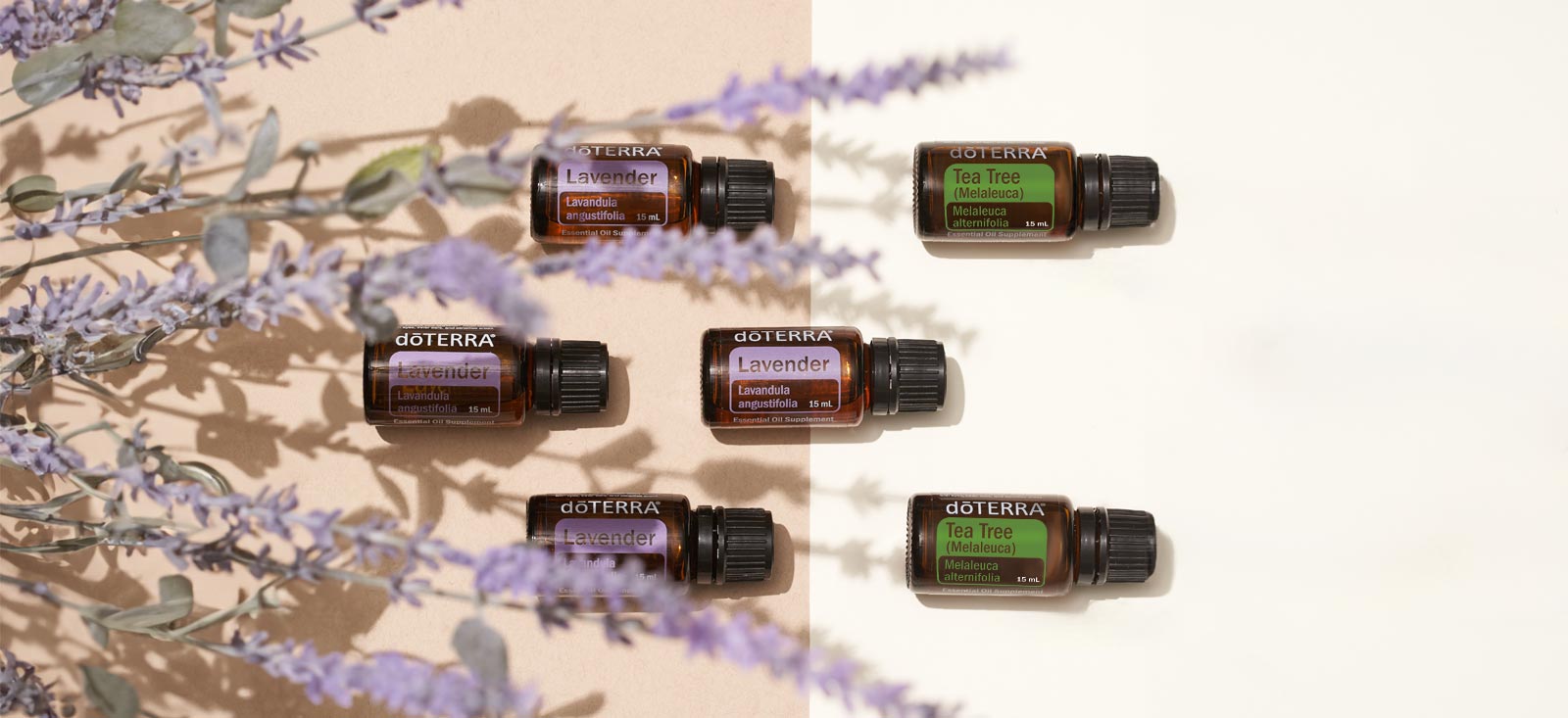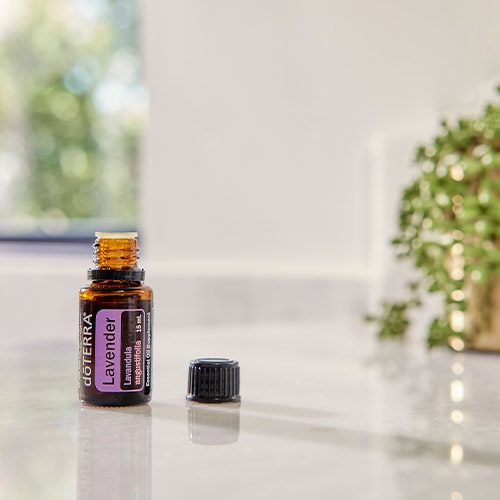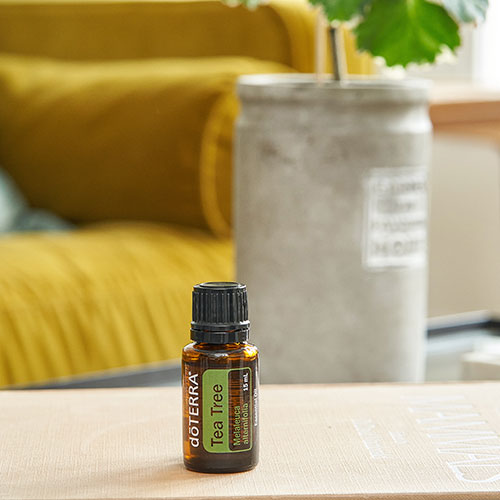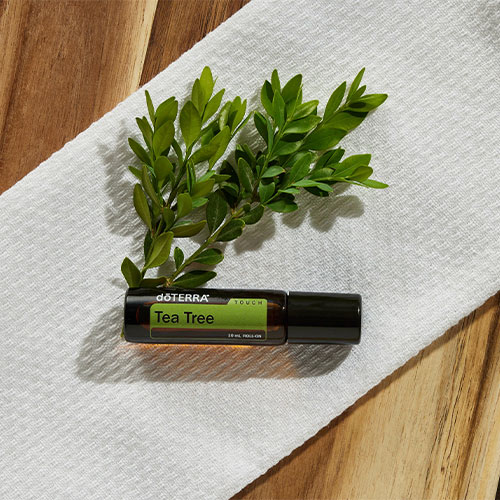Origin: a Latin derivative
meaning "Gift of the Earth."
- Shop
-
Our Story
- View Our Story Home
- Who We Are. . . .
- What We Do. . . .
- Why We Do It. . . .
-
dōTERRA[doh-teh-ruh]
Lavender and Tea Tree: Dispelling Myths about Gynecomastia


What Are People Saying about Essential Oils and Gynecomastia?
In recent years, concerns have risen among parents regarding lavender and tea tree essential oils and their possible connection to gynecomastia. Gynecomastia refers to premature breast growth in young children and early teens.
These concerns came from three case reports reported over 15 years ago in the Journal of Clinical Endocrinology & Metabolism, which suggested a potential association between lavender products and premature thelarche (PT) and prepubertal gynecomastia (PG) in children. Unfortunately, sensationalized media coverage has led to misinformation and unnecessary alarm.
Case reports aren’t human clinical studies designed to answer questions. They’re simply a method of raising concern. Correlation doesn’t always mean causation, and methodological issues like inadequate analysis of essential oil composition and inadequate human clinical data raise significant questions about the validity of an association between essential oils and premature breast development.
It’s also important to note that none of the concerns found in any case reports involved doTERRA essential oils.
Other studies have since explored the link between lavender exposure and PG, but it is crucial to approach these findings with caution. A closer inspection reveals significant shortcomings in these studies. For instance, the lack of comprehensive chemical analysis and the possibility of synthetic chemicals in tested products raise questions about the validity of their conclusions.
What Does the Evidence Say about Estrogenic Activity?
A paper published in 2022 in the International Journal of Pediatrics and Adolescent Medicine—titled “Prevalence of Endocrine Disorders Among Children Exposed to Lavender Essential Oil and Tea Tree Essential Oils”—has unequivocally confirmed no such association with these essential oils exists. You can review the paper here.
Dr. Scott Johnson, doTERRA director of research and substantiation, provides the following insight on the results of the study: “The study involved 556 children aged two to 15 years, with only nine instances of endocrine disruption–related disorders recorded.”
Dr. Johnson continues, “Researchers found that the nine cases identified among the study population were consistent with population norms,” emphasizing these occurrences were in line with what would be expected, regardless of essential oil exposure.
Furthermore, he notes, “Zero cases of premature gynecomastia were observed,” pointing out the absence of this condition in the study group.

Dr. Johnson says there was no increased risk of endocrine disorders among children who were routinely exposed to essential oils compared to those who weren’t. “The average lifetime prevalence of PG in the mass population is 2.5%, and this study showed a prevalence of 0% among children regularly exposed to essential oils.”
The study concluded children regularly exposed to lavender or tea tree essential oils faced the same risk of endocrine disorders as those not exposed. It effectively challenged misconceptions about these oils’ impact on endocrine health.
In the absence of definitive human clinical data, scientists can use in vitro (cell culture) and animal data to ask whether there’s any biological evidence to support the case report data that was previously reported. An example of this approach is the rat uterotrophic assay. This assay is widely considered the gold standard animal model to show whether a substance causes estrogenic activity.
A third-party study was performed, and the results showed lavender essential oil did not exhibit estrogenic activity.

The most recent scientific studies suggest a possible connection relied on in vitro (laboratory) methods rather than in vivo (living organism) assessments, potentially limiting applicability of the findings. Additionally, concerns regarding the penetration-enhancing effects of essential oil constituents, particularly terpenes, underscore the importance of considering the broader chemical composition of products containing essential oils.
When it comes to the estrogenic activity of these oils, the gold standard study mentioned above has shown no such activity with lavender essential oil. Similarly, no compelling evidence supports the notion that tea tree oil disrupts hormones.
There is an important point that isn’t clearly understood by scientists conducting the research, as well as by those who read conclusions drawn from these studies. Most essential oil companies are selling products adulterated with synthetic compounds and other substances. The extent of adulteration within the industry should shift the spotlight from the essential oils themselves to the other ingredients they’re combined with. Quality matters.
Lavender and tea tree can be found in dozens of commercial personal care products that contain harmful chemicals: shampoos and other hair products, colognes and perfumes, skincare items—the list goes on. Many of these studies don’t test pure lavender or tea tree essential oils, which creates confusing results as to what’s truly causing potential gynecomastia connections to these products.
The Verdict: Essential Oils and Hormone Health
So where does that leave us in the debate over lavender and tea tree and hormone health? The scientific evidence, as it stands, doesn’t convincingly link lavender or tea tree essential oils to hormonal disruptions.
Instead, it points toward a more significant issue: the quality and purity of personal care products. As advocates for natural wellness, it’s vital to make informed choices about the products we use, prioritizing those with only pure, high-quality essential oils.
While the concerns surrounding lavender and tea tree oils warrant attention, the evidence supporting a definitive link to hormone disruption remains inconclusive. Also, there’s now significant scientific evidence to cast significant doubt on any link between lavender or tea tree essential oils and premature gynecomastia, hormone disruption, or endocrine dysfunction.
doTERRA always encourages customers to prioritize products with high-quality, consistently sourced essential oils because synthetic compounds commonly adulterate low-quality essential oil products.
When you and your loved ones use doTERRA products, including Lavender and Tea Tree essential oils, you can trust that it’s the purest, highest-quality option on the market. doTERRA essential oils are the ideal standard against which all other companies compare themselves and has been proven repeatedly in peer-reviewed research by scientists at the National Center for Natural Product Testing at the University of Mississippi’s School of Pharmacy.

Lauren Busch, doTERRA director of product education, says, “What we should learn from the initial research on lavender or tea tree is that adulterated oils and products containing synthetic fragrances that are advertised as pure essential oils can negatively impact the body.”
The consistency of key chemical compounds in doTERRA Lavender oil is similar to the consistency of ingredients in mass-produced, health-related products. That consistency is key to delivering predictable, reliable results, which is important to consumers and researchers alike. doTERRA and its pure, consistent, and potent essential oil products are paving the way for our next phase of human clinical research and product innovation.
Click below to learn more about some of the emerging studies done on doTERRA Lavender essential oil specifically.
-
Copied to clipboard
- Download


